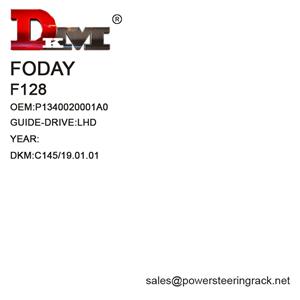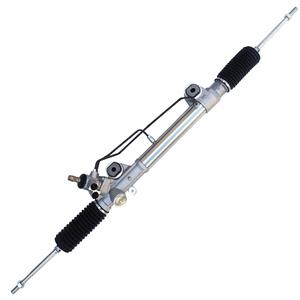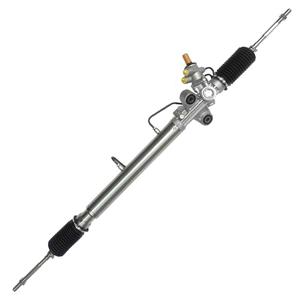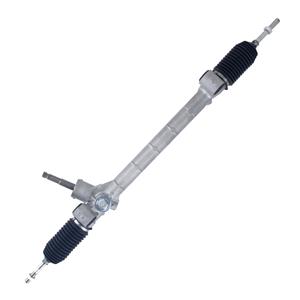Hydraulic Steering Rack: What are the symptoms of a loose rack and pinion?
Hydraulic power steering systems are an integral part of modern vehicles, greatly improving driving comfort and handling. As the core component of the system, the hydraulic steering rack accurately transmits the driver's steering instructions to the wheels through the collaboration of the rack and pinion.
However, over time and with the use of the vehicle, the rack and pinion may become loose, causing the performance of the steering system to deteriorate and even affect driving safety. This article will explore in detail the symptoms of loose racks and pinions in hydraulic steering racks and the impact of these problems on the vehicle.

What is the basic working principle of racks and pinions?
In a hydraulic power steering system, the steering wheel is connected to the pinion through the steering shaft. When the driver turns the steering wheel, the pinion rotates and meshes with the rack, pushing the rack to move in the left and right directions. This linear motion is ultimately converted into the direction of rotation of the wheel through the linkage mechanism, thereby achieving the steering of the vehicle.
What causes a loose rack and pinion?
Loose racks and pinions are usually caused by long-term use, wear or improper installation. When the gap between the gear and the rack increases, the meshing between them is no longer tight, which can lead to inaccurate steering, looseness or even failure. The reasons may include mechanical wear, loose fixing bolts or hydraulic system failure.
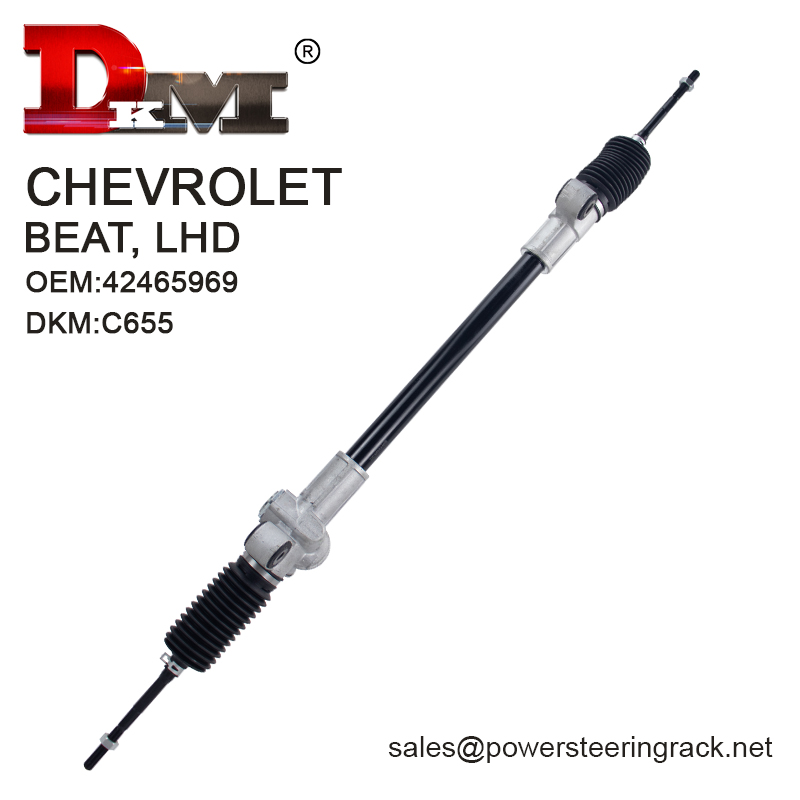
What are the common symptoms of loose rack and pinion?
Loose rack and pinion can lead to a series of steering problems, which are often particularly obvious during vehicle driving. The following are the main symptoms of loose rack and pinion in hydraulic steering system.
1. Abnormal loose steering wheel
● Symptom description: When the rack and pinion are loose, the driver may feel that the steering wheel is abnormally loose. When the steering wheel is turned, the response of the vehicle becomes sluggish, and even more turning angles are required to cause the wheels to move. This looseness is usually more obvious when driving at low speed or parking, and the driver may feel that the steering wheel is shaking or swaying in his hands.
● Cause analysis: This symptom is mainly due to the increase in the gap between the gear and the rack, which causes the movement of the steering wheel to be unable to be accurately transmitted to the wheels. Wear or loose fixing of the rack and pinion can cause this loose phenomenon.
2. Inaccurate steering or hysteresis
● Symptom description: When the rack and pinion are loose, the vehicle's steering may become inaccurate. The driver may find that when turning the steering wheel, the vehicle does not respond immediately or responds slowly. Especially when turning quickly, this hysteresis is more obvious and may even cause slight slipping when turning.
● Cause analysis: Inaccurate steering or hysteresis is one of the most common manifestations of loose rack and pinion. Due to the looseness, the rotational movement of the gear cannot be effectively transmitted to the rack, resulting in a delayed response of the steering system. This not only affects the driving experience, but may also increase driving risks.
3. Abnormal steering wheel return
● Symptom description: Under normal circumstances, when the driver releases the steering wheel, the steering wheel will naturally return to the center position and the wheels will also return to the center position. However, when the rack and pinion are loose, the steering wheel's return function may be affected. The driver may feel that the steering wheel returns to the center position more slowly, or the steering wheel cannot return to the center position completely.
● Cause analysis: The looseness between the rack and pinion leads to insufficient return force of the mechanical system. When the steering wheel is released, the rack cannot return to its original position quickly, resulting in a delayed or incomplete return action of the steering wheel. This phenomenon not only affects the driver's operating feel, but may also cause the vehicle to be unable to maintain a straight line.
4. Abnormal noise during steering
● Symptom description: When the rack and gear are loose, abnormal noises such as "clicking" or friction may be heard during steering. These noises are usually more obvious when steering or parking at low speeds, and the driver may feel a slight jump or vibration in the steering wheel during turning.
● Cause analysis: The generation of abnormal noise is usually related to the looseness between the rack and gear. When the gear and rack are not meshed well, friction or collision will occur between them, resulting in noise. This noise not only affects driving comfort, but may also be a harbinger of more serious problems, such as severe wear of the gear or rack.
5. There is an unusual sense of vibration during steering
● Symptom description: When the rack and gear are loose, the driver may feel an unusual sense of vibration in the steering wheel during steering. This vibration is usually accompanied by a slight noise and is more noticeable during quick steering or turns.
● Cause Analysis: The vibration sensation during steering is usually caused by the large gap between the rack and the pinion, which causes instability during the meshing process. A loose rack may bounce slightly during steering, causing vibrations that are transmitted to the driver through the steering wheel.
6. Uneven steering wheel resistance
● Symptom description: Loose racks and pinions may cause uneven resistance during steering. At certain angles, the steering wheel may feel easier, while at other angles it may take more effort to turn. This problem is particularly noticeable during turns, and sometimes even requires the driver to exert force to complete the steering action.
● Cause Analysis: Uneven resistance is usually caused by poor meshing or uneven wear between the rack and the pinion. When certain parts of the rack and the pinion are severely worn, the friction between them will change, resulting in uneven steering wheel resistance. This unevenness not only increases the burden on the driver, but may also cause steering errors.
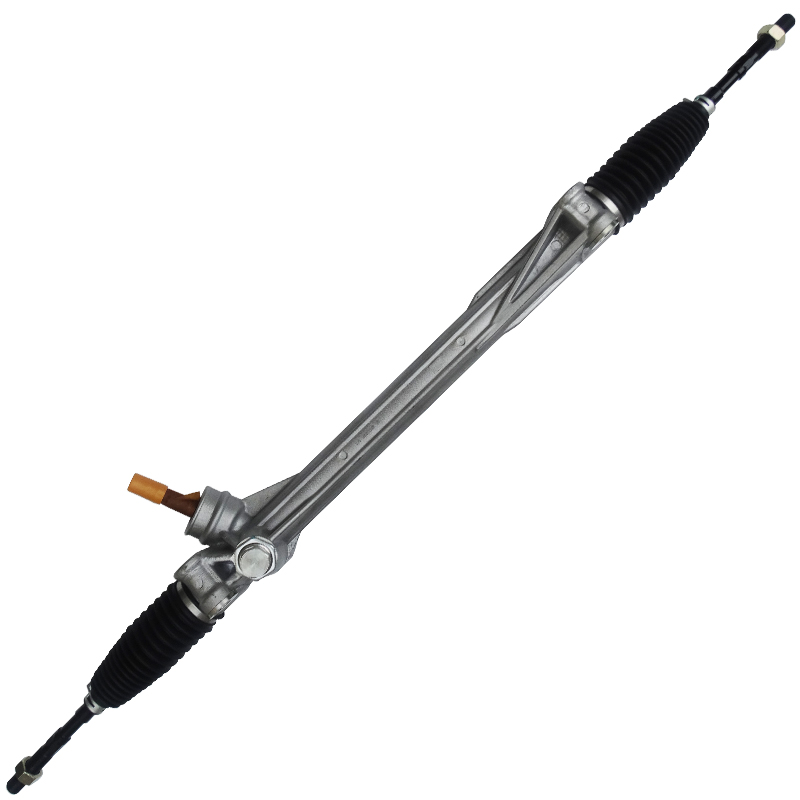
What are the effects of loose racks and pinions on vehicles?
Loose racks and pinions not only affect the normal function of the steering system, but may also bring a series of safety hazards. Loose racks and pinions will lead to reduced reliability of the steering system. In an emergency, the steering system may not be able to respond in time, increasing the risk of traffic accidents. In addition, loose racks and pinions may also lead to more serious mechanical failures, such as rack breakage or gear failure.
Loose racks and pinions will directly affect the driver's ability to control the vehicle, especially when driving at high speeds or turning, inaccurate steering or hysteresis may cause the vehicle to deviate from the intended route, increasing the risk of accidents. In addition, abnormal noise and vibration of the steering system will also affect the driver's attention and reduce driving safety.
Steering abnormalities caused by loose racks and pinions will also affect driving comfort. The driver may feel fatigued due to loose steering wheels and uneven turning resistance. In addition, noise and vibration during steering will also reduce the driving experience and make long-term driving more unpleasant.
If the problem of loose racks and pinions is not solved in time, it may lead to more serious mechanical failures, which will increase repair costs. Severe wear of racks and pinions may require the replacement of the entire hydraulic steering system instead of simple repairs. In addition, loose racks and pinions may also cause wear or damage to other components, further increasing maintenance costs.
Summary
The rack and pinion in the hydraulic steering system are key components to ensure vehicle steering performance and driving safety. Loose racks and pinions can lead to a series of steering problems, including loose steering wheels, inaccurate steering, abnormal steering wheel return, abnormal noise, steering vibration, and uneven resistance. These problems not only affect the handling performance of the vehicle, but may also bring serious safety hazards.
To avoid these problems, car owners should regularly check the status of the hydraulic steering system, especially the meshing of the rack and pinion. Once an abnormality is found, it should be repaired or replaced in time to ensure the safety and reliability of the vehicle. Drivers should also be vigilant during daily driving, pay attention to abnormal performance of the power steering system, and take timely measures to prevent accidents.

